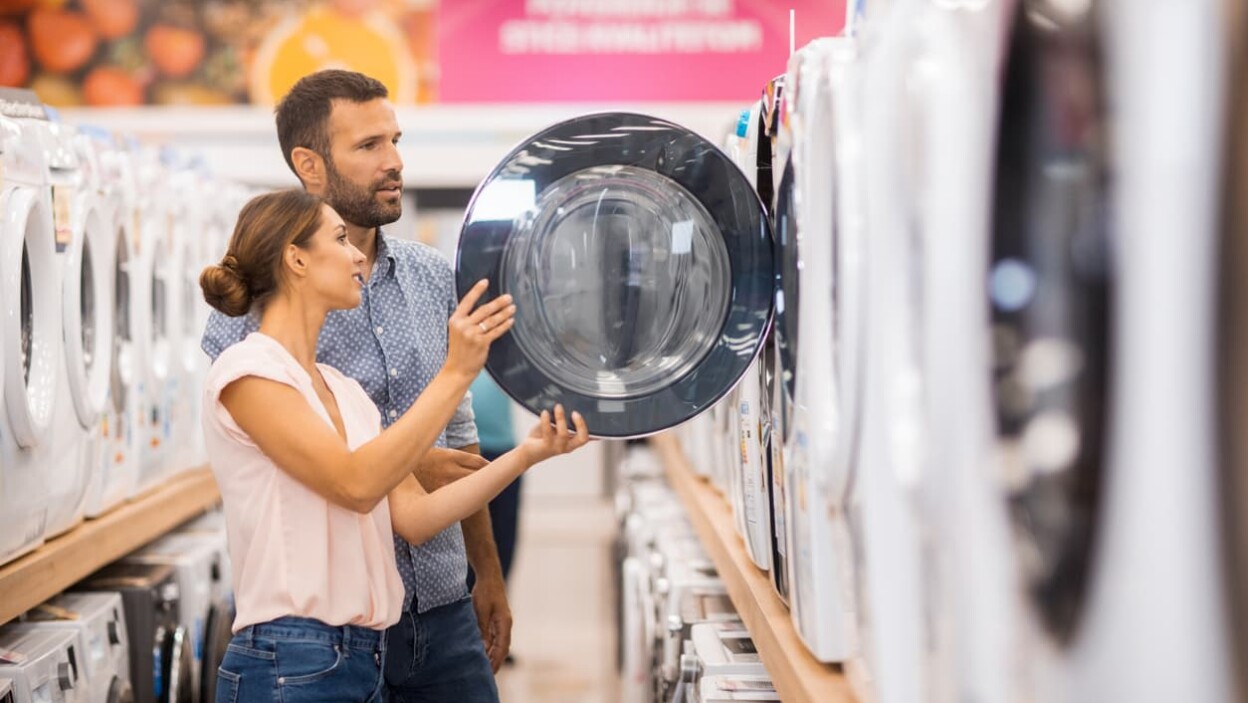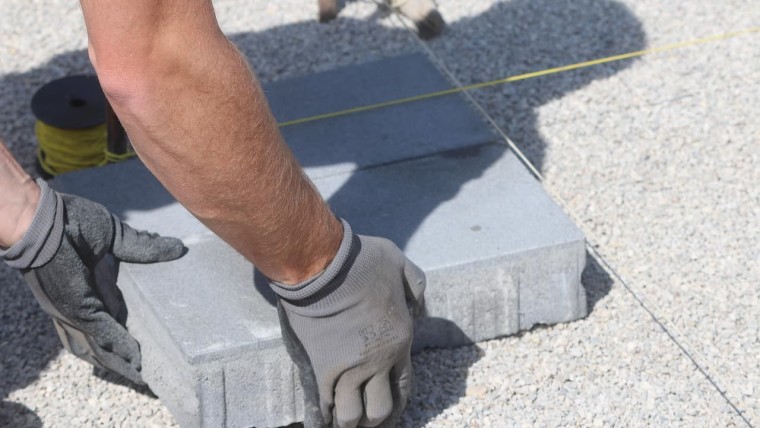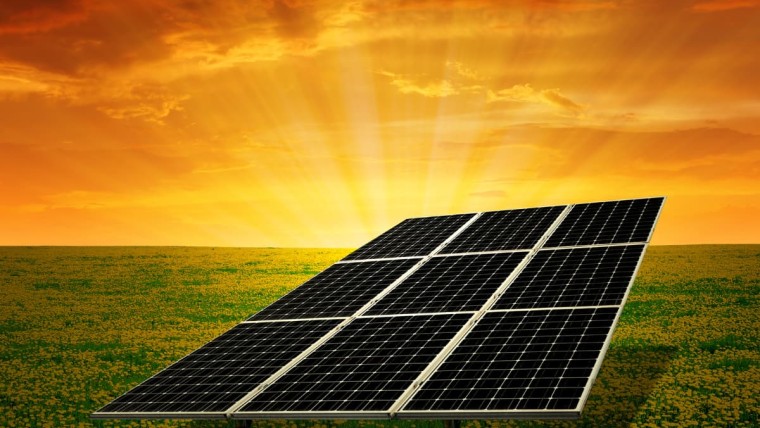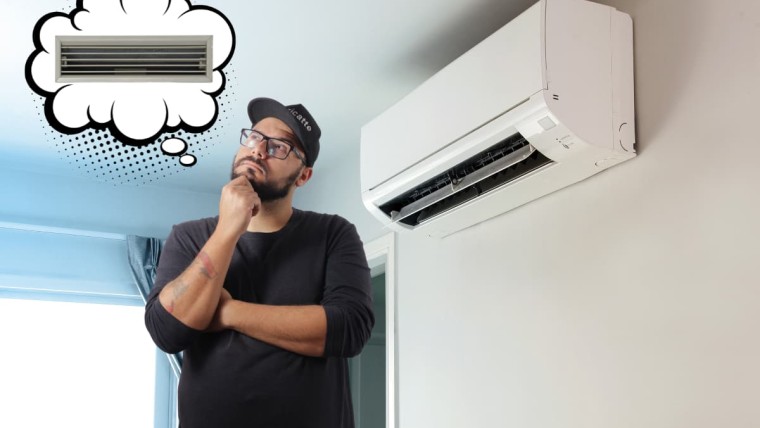The heat pump and more broadly the refrigeration circuit is a system that we find everywhere in our daily lives and especially at home. Heating by heat pump, refrigerator, thermodynamic balloon, and more and more heat pumps are being used in our tumble dryers.
In this article we will discuss 7 disadvantages of this type of dryer heat pump! Of course the heat pump dryer has its advantages, but sometimes it's useful to take the back of a subject to understand how it works.
For those in a hurry, here is a concise summary of the disadvantages of heat pump dryers:
| Disadvantage heat pump dryer | Description |
|---|---|
| The price | Higher price than traditional tumble dryers |
| ⏱️Les longer drying cycles | Longer drying cycles |
| ♨️Installation in a room that's not too cold | Must be installed in a room that is not too cold |
| ?sort laundry | Linen must be sorted before drying |
| ?no maintenance required | Requires more maintenance |
| Drum load | The importance of correct drum loading |
| ?risk of leakage | Risk of leakage from the heat pump system |
1st disadvantage: the price of the heat pump dryer
The first variable that often comes to mind is the price of the machine. With a whole heat pump system inside, we can imagine that it is more expensive than conventional dryer resistors condensing (or even evacuated if there are any left).
The price of a heat pump dryer is around 30 to 40% higher than that of a standard condensation dryer. That is to say that to obtain a quality machine, you will have to complicated to pay less than €500.
However this parameter is to highlight the energy saving achieved thanks to the heat pump. In fact, with a theoretical COP (coefficient of performance) of 3, you will pay about 3 times less electricity to run your dryer. And let's say that to be realistic, you will pay 2 times less (because several variables come into play that we will see later)
Where a conventional condensing dryer consumes an average of 500kWh of electricity per year, you will only have to pay 250kWh with this heat pump dryer. At 0.18cts € per kWh, at the time of writing this article, this represents a saving of some 45€. After 3 years you should have paid back the difference in purchase price compared to standard equipment.
2nd disadvantage: Longer drying cycles
A conventional condensing dryer uses an electric resistance. The heating is very fast. However, a heat pump needs a certain amount of time to heat up and to reach the drying temperature. We can already consider A good 30 minutes more compared to a condensing dryer with resistance.
On the other hand, the heat pump will not rise so high in temperaturecompared to a resistor. The cycle is therefore naturally longer. This is the concession to do to save money, and have a bit of ecology in your home 😉
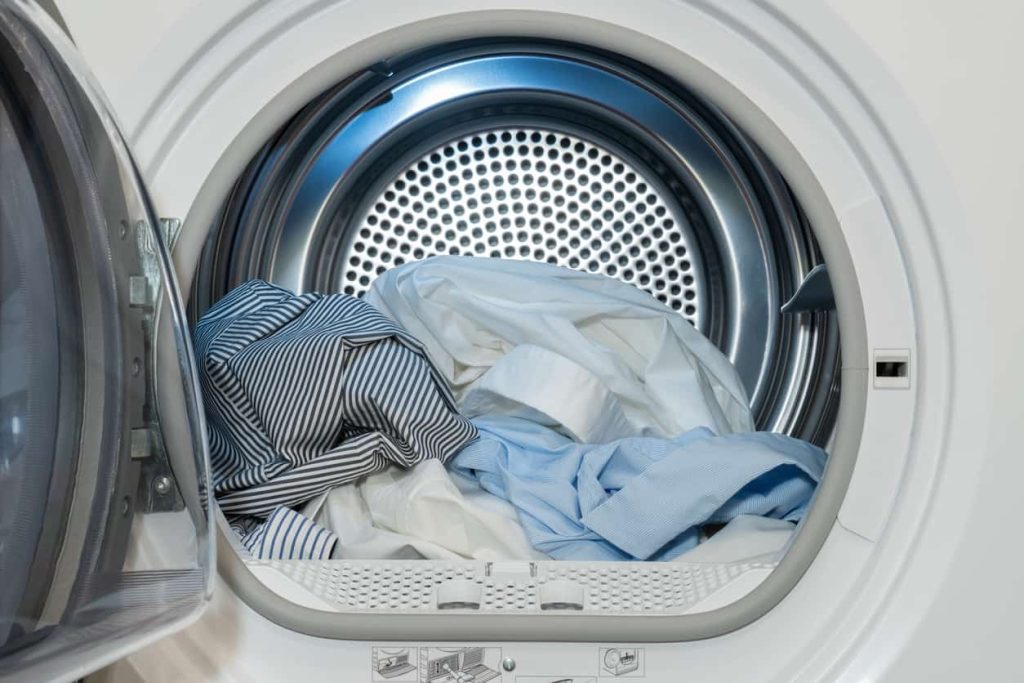
3rd disadvantage: the PAC dryer must be installed in a room that is not too cold
Indeed, a heat pump is a system that takes its energy from the air. At the beginning of the cycle, the air is at room temperature. Therefore, in order for everything to work well and to consume as little energy as possible (maximizing the COP or coefficient of performance), the heat pump must be able to operate at room temperature, it is in your best interest not to operate the heat pump dryer in a frost-free room, but rather in a room with a pleasant temperature of at least 18-20°C. Without which the COP is bad in the start-up phase, more electricity is consumed and the drying process takes longer to start because the temperature rise is longer.
In addition, it is necessary to Avoid sudden changes in ambient temperature.
In short, it is a small inconvenience: it will suffice to put it in a bathroom, or a laundry room at the right temperature, but not too much in the cellar if it is not heated, or in the garage. Depending on the configuration of your home, this can be annoying.
4th disadvantage: It is better to sort the laundry before putting it in the dryer
Gone are the days of throwing all kinds of clothes into the drum of your dryer. Why? Because Mixing the different textile fibers can disturb the detection system and cause the program to stop too early.
You end up with a still wet cloth. Consequence: you will start a new drying cycle if you are lazy (and hang the laundry the old way if you are brave). In the first case, you ruin all the supposed savings due to the heat pump, since you run it twice the time or almost. In the second case (clotheshorse) you feel like you made a useless purchase and it's unpleasant.
This is often the main reason why Many users of heat pump dryers complain that their clothes are too damp when they come out of the dryer and leave negative comments. In fact, it is the the PAC dryer is not easy to handlewhen you've never had one, and you have to get used to to these new constraints and turn them into habits.
5th disadvantage: The heat pump dryer requires a little more maintenance
Yes, you now have a heat pump at home and it is still quite fragile if we are not careful. It will take respect 3 instructions :
- Clean the lint filter after each use To tell the truth, it is a question of hygiene, but sometimes we forget or we don't want to. And if the lint gets stuck in the refrigerator circuit and clogs an element, it will prevent the good circulation of air and therefore the good functioning of the PAC and consequently the good quality drying.
- Clean the evaporator filter every two weeks or according to the manufacturer's instructions otherwise the consequences are the same as above: this requires a little more discipline.
- At regular time intervals but still long enough (every year for example) check that the refrigeration circuit is not clogged on an element like the condenser or the evaporator. Otherwise it is the same, the drying is not good.
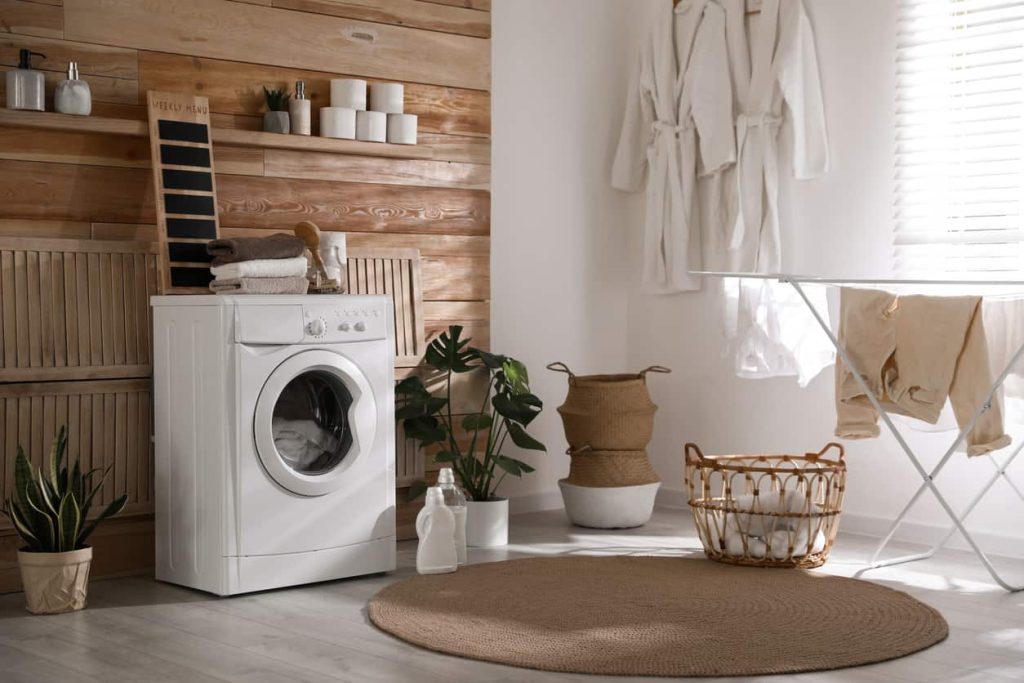
6th disadvantage: Beware of the load on the heat pump tumble dryer
Indeed, you should not overload the drum. If it is given for 8kg, load 8kg as far as possible +/- 10% at sight (you will get used to it). If you load 10kg for example, it is too much. The drum will not be able to stir the laundry properly and it will not dry properly (this is not forgivable with this type of dryer because we don't have an ultra powerful resistance that heats up very well to make up for the mistake).
It will not be necessary to do not underload the drum either. The risk is that the detection probe does not activate and the program is stopped before it is completely dry. Your laundry will then be damp.
7th disadvantage: The heat pump system is still subject to leakage
If your machine takes a beating, or if you skip regular maintenance as required by the manufacturer for a while, then it could cost you time and money.
If a refrigerant leak occurs, unless you are a refrigeration specialist, it will be difficult to detect and repair. You will simply find that the heat pump dryer is no longer working. And the repair of a refrigeration circuit requires the skills of an expensive refrigeration specialistand could simply ruin any savings over several years.
In conclusion:
The heat pump dryer is a system that offers thesavings advantage on the electricity bill as well as the moral happiness to work for a more ecological world (although a clotheshorse and elbow grease would probably be much more so in reality). However, there are two big drawbacks which are:
a) Drying can take twice as longThis is a good idea, especially if you don't know how to sort your clothes (or if you don't want to)
b) Extra care should be taken with maintenance and show a minimum of discipline in dealing with them. But this is within the reach of everyone.
The cost is not really a problem since it will be profitable if we overcome the two disadvantages listed above.

Julien G.
Julien, diplômé en ingénierie mécanique et spécialiste en génie climatique depuis 2009, s'est reconverti en rédacteur spécialisé en énergies renouvelables, avec une expertise en pompes à chaleur et panneaux solaires photovoltaïques pour l'habitat individuel.
